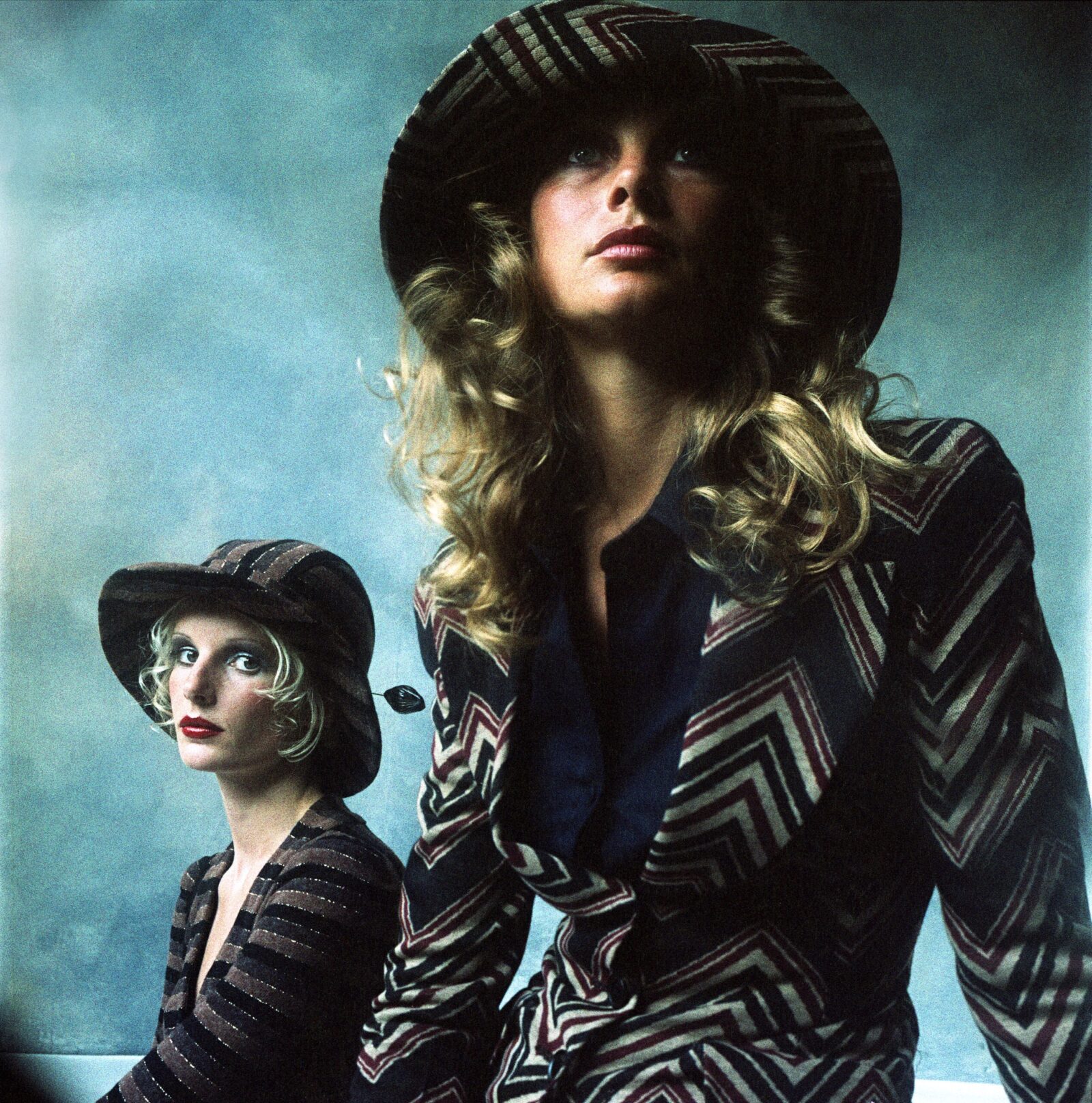
The Fashion and Textile Museum is about to present the first-ever London exhibition of BIBA: The Biba Story: 1964-1975. This is the only exhibition that looks at the history of Biba, from the first simple shift dresses to the glamorous devoréwraps, sequinned bodices, leopard print coats, trouser suits, floppy hats, and feather boas that came to epitomize the Biba look. Biba had a meteoric rise to fame from a mail-order catalog in 1963 to a seven-story department store on Kensington High Street. Under its legendary founder Barbara Hulanicki, it was a phenomenon that has never been replicated. Lasting just over 10 years it remains influential to this day and interest in this cult fashion and lifestyle label has never waned. Never before had a company brought affordable fashion to the youth market, whilst simultaneously instigating innovations in retailing which are still with us to this day.
is about to present the first-ever London exhibition of BIBA: The Biba Story: 1964-1975. This is the only exhibition that looks at the history of Biba, from the first simple shift dresses to the glamorous devoréwraps, sequinned bodices, leopard print coats, trouser suits, floppy hats, and feather boas that came to epitomize the Biba look. Biba had a meteoric rise to fame from a mail-order catalog in 1963 to a seven-story department store on Kensington High Street. Under its legendary founder Barbara Hulanicki, it was a phenomenon that has never been replicated. Lasting just over 10 years it remains influential to this day and interest in this cult fashion and lifestyle label has never waned. Never before had a company brought affordable fashion to the youth market, whilst simultaneously instigating innovations in retailing which are still with us to this day.
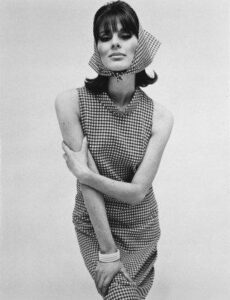 The Biba Story: 1964-1975, will chronicle Biba from its first shop in 1964 to its demise
The Biba Story: 1964-1975, will chronicle Biba from its first shop in 1964 to its demise
When Biba started in the summer of 1963 it offered a revolutionary concept, affordable up-to-the-minute clothes for a youth market. Opening as a mail-order company, Biba democratized fashion, and the exhibition will start by showcasing a replica of the first ever mail-order Biba dress, a simple shift in pink Gingham with a cutout back and matching headscarf – the dress quickly became a best seller. A year later the first Biba boutique opened in a small corner shop on Abingdon Road and quickly became a center for Swinging London with its clientele ranging from teenagers to celebrities including Twiggy, Mick Jagger, Pattie Boyd, The Beatles, Cher, and Anita Pallenberg. From high-class debs and high street girls, everyone wanted to be part of the Biba experience

There should be a plaque on 87 Abingdon Road. It transformed the way the ordinary girl in the street dressed... it was a tiny corner shop, an old chemist’s in a quiet residential street. But before long, Biba was Mecca to everyone from shop girls to debs… Not only did the clothes look amazing, you could afford to buy something every week.” |
The exhibition will chart the rise of Biba, by focussing on the four London shops (Abingdon Road, Church Street,Kensington High Street and Big Biba) and through these explore the development of Biba. Biba was always an expression of Hulanicki’s radical and daring vision. In Biba, Hulanicki created an atmosphere and a way of life; she wanted everyone to be part of the Biba experience, it was never just about making money. The clothes captured a sense of mystery and kudos and through the colors, the cut, and the construction of a Biba outfit you become a new person. These were clothes to perform in, clothes that made you feel fantastic.
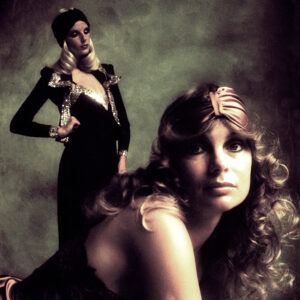 The downstairs galleries of the exhibition will feature over 40 complete outfits reflecting the progression from the early, mini-skirted Biba girl to the more sensual vampish look of the Biba woman. Collections of maxi dresses, hacking jackets, trouser suits and bias-cut satin evening dresses reflect the glamour of 1930s Hollywood, whilst elsewhere the historic influence of the Pre-Raphaelite and Art Nouveau-movements can be seen, with even a Pugin-inspired coat lining. The dark shades of mulberry, aubergine, plum, black,
The downstairs galleries of the exhibition will feature over 40 complete outfits reflecting the progression from the early, mini-skirted Biba girl to the more sensual vampish look of the Biba woman. Collections of maxi dresses, hacking jackets, trouser suits and bias-cut satin evening dresses reflect the glamour of 1930s Hollywood, whilst elsewhere the historic influence of the Pre-Raphaelite and Art Nouveau-movements can be seen, with even a Pugin-inspired coat lining. The dark shades of mulberry, aubergine, plum, black, 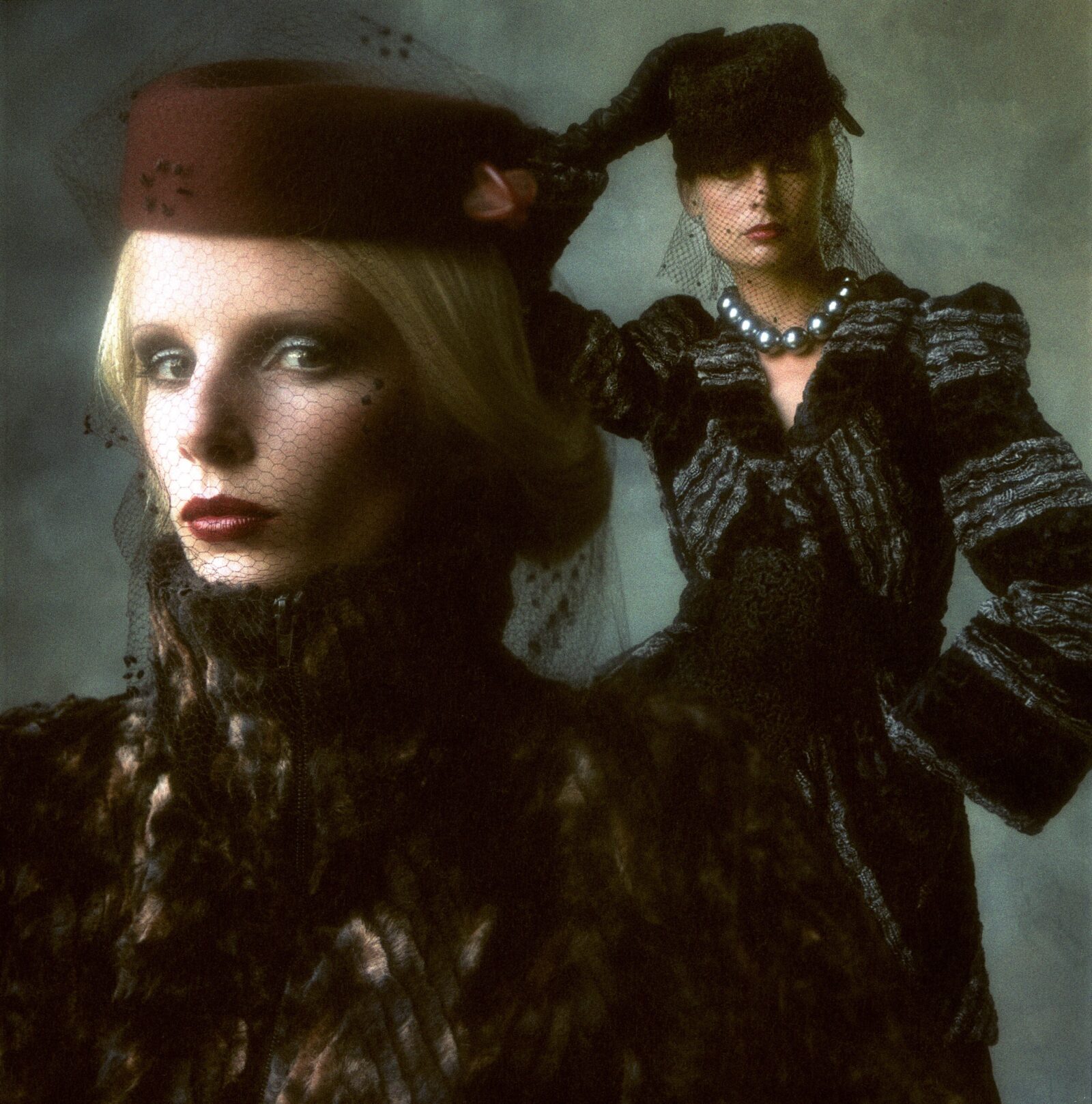 rust, and mustard break from the psychedelic and Pop-art colors of 1960s Biba; whilst velvets, chiffons, satins, and crepes are seen alongside fabrics like Rayon and Flanesta. Highlight pieces on display include a leopard skin jacket designed for Twiggy (1973) a purple jumbo cord coat with faux fur cuffs and collar (1968) and a black chiffon floor-length dress (1970).
rust, and mustard break from the psychedelic and Pop-art colors of 1960s Biba; whilst velvets, chiffons, satins, and crepes are seen alongside fabrics like Rayon and Flanesta. Highlight pieces on display include a leopard skin jacket designed for Twiggy (1973) a purple jumbo cord coat with faux fur cuffs and collar (1968) and a black chiffon floor-length dress (1970).
The clothes reflect not only the progression of women’s lives but also the success of Barbara Hulanicki’s Biba, as she became more successful she was able to employ expert pattern cutters allowing for more complex silhouettes and finishing.
From the beginning, Barbara Hulanicki always had a complete lifestyle vision in mind for Biba. Accessories were always part of the Biba look and she soon moved into lifestyle; the first diary was sold from the Kensington Church Street shop in 1967. The diary was not just functional but would recommend restaurants and night spots you could visit. People felt that they could become part of the Biba world, as it offered a guide to how to live a Biba lifestyle. Biba’s philosophy was always accessibility and inclusivity. Not only did its low price point make the clothing available to almost everybody, but Barbara Hulanicki aimed to cater to and engage with customers considered unimportant at the time.
She created the first full cosmetic range for black skin, and actively supported the nascent queer community
by advertising in the gay press, two decades before companies such as Dolce and Gabbana was to do the
same and be heralded as radical and edgy.
Biba was also a reaction to the fustiness of the post-war generation. At the end of the 50s, young women all wanted to look 35 and sophisticated ‘Youthful Fashion’ did not exist. Biba gave post-war women and girls an affordable lifestyle and turned the conventions of boutique shopping on their heads. Biba’s communal changing rooms, music, blacked-out windows, dim lighting, dark woodwork, painted screens, Art Nouveau mirrors, bent-wood hat stand, plants and second-hand furniture were revolutionary.
Whilst Mary Quant was selling to the Chelsea set for £30, Biba was selling dresses for £3. Following a model of reverse engineering, Biba would aim to produce their garments using the best quality fabrics they could afford. Early Biba clothes did not even have labels as these were seen as expendable when trying to keep costs down.
Foreboding shop assistants were also new, cool Biba shop girls. Famously any Biba shop assistant heard asking “Can I help you, madam?” was sacked on the spot.
Biba led the way for those of us young girls living in provincial places where we felt we were dying of drabness. She was the first person to introduce colors like mulberry, plum, rust and blueberry ...and she reinvigorated herringbone tweed, gangster hats and 1930s satins... to die for.”- Annie Lennox, 2013
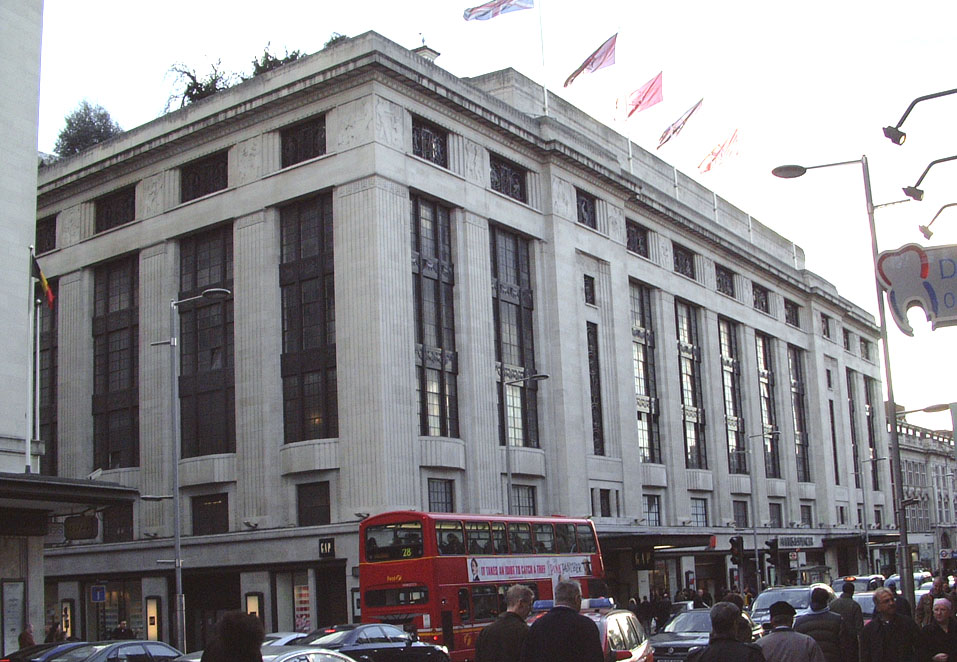 By September of 1973, Biba had opened as a seven-story department store on London’s Kensington High Street, selling own-brand products packaged in the distinctive Biba style, with floors dedicated to home furnishings, make-up, and accessories, clothing for women, men and children and even a food hall. Everything was available at Big Biba – from baked beans to wallpaper. It had become the world’s first lifestyle label.
By September of 1973, Biba had opened as a seven-story department store on London’s Kensington High Street, selling own-brand products packaged in the distinctive Biba style, with floors dedicated to home furnishings, make-up, and accessories, clothing for women, men and children and even a food hall. Everything was available at Big Biba – from baked beans to wallpaper. It had become the world’s first lifestyle label.
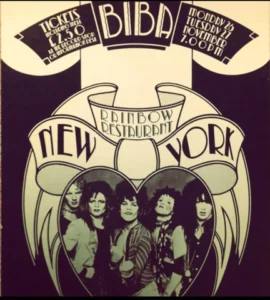 Customers were immersed in the sensory world of Big Biba; here you could kit out the whole of your house, do your food shopping, fill your wardrobe and furnish your home. Customers could also have tea with flamingos on the building’s roof garden (the largest in Europe at the time) or spend the evening watching bands such as the New York Dolls, in the 500-seater Rainbow Rooms restaurant.
Customers were immersed in the sensory world of Big Biba; here you could kit out the whole of your house, do your food shopping, fill your wardrobe and furnish your home. Customers could also have tea with flamingos on the building’s roof garden (the largest in Europe at the time) or spend the evening watching bands such as the New York Dolls, in the 500-seater Rainbow Rooms restaurant.
The exhibition’s upstairs galleries showcase a selection of the lifestyle products that were on sale at Big Biba with make-up and home furnishings seen alongside clothing and accessories. In just ten years, Biba had transcended its origins as a mail-order business to become the first emporium that denoted a complete lifestyle. Although the shops were located in London, Biba spread the word to the rest of the UK through another innovation, the Biba catalogs.
The upstairs galleries will showcase the six Biba Catalogues, another first for Hulanicki. Realizing Biba clothes were rarely featured in Vogue, as they were considered too cheap, Hulanicki decided to create her own editorial in her highly stylized catalogs. Photography was by Helmut Newton and Sara Moon and the graphics had a distinctive style that instantly made them desirable collectors’ items. The catalogs allowed Hulanicki to create a collection showing the complete Biba look: how to wear the clothes and
how to accessorize them.
What I like about doing a catalog is it gives us a chance to show how things should be worn; they can’t
visualize the other things that go with the dress..this just gives me a chance to put things over.”
- Barbara Hulanicki, founder of Biba, 1970.
Also featured in the upstairs galleries are displays that focus on the changing silhouette of Biba from the long-sleeved mini dresses and elegant shift dresses of the 1960s, to the boxy trouser suits and vampy, Bishop-sleeved evening dresses of the 1970s. The range of Biba prints is also highlighted with psychedelic, chevron and liberty styles seen alongside Art Deco and Art Nouveau-inspired designs.
Drawn from Barbara Hulanicki’s private archives including her press books, correspondence, and marketing material, The Biba Story: 1964-1975 visually charts the rise of Biba with over a hundred items including extremely rare articles of clothing loaned by private collectors.
This exhibition is curated by Martin Pel with the full collaboration of Barbara Hulanicki, now aged 87, Hulanicki has been involved in selecting every object for display. Through The Biba Story: 1964-1975 we reveal the life of the designer and explore a company. changed fashion forever.
Biba was a happening, a mood, a way of life.” Alexandra Shulman
P.S.
 On its s closure in 1975 Barbara with her husband and son, moved to Brazil where she established the Barbara Hulanicki label. The family moved to America in the mid-eighties settling in Miami, where Barbara began her career as an interior designer, working on hotels owned by record boss Chris Blackwell. She continues to live and work in Miami today. She has been the recipient of numerous awards, most recently being given the keys to Miami City for her contribution to the renewal of Miami through her interior design work.
On its s closure in 1975 Barbara with her husband and son, moved to Brazil where she established the Barbara Hulanicki label. The family moved to America in the mid-eighties settling in Miami, where Barbara began her career as an interior designer, working on hotels owned by record boss Chris Blackwell. She continues to live and work in Miami today. She has been the recipient of numerous awards, most recently being given the keys to Miami City for her contribution to the renewal of Miami through her interior design work.
It is also where (ex-menswear designer and fellow Miami Beach resident) QUEERGURU met her and joined all those people who have both admired and fallen in love with her.
The Biba Story: 1964-1975
is at the Fashion and Textile Museum from 22 March - 08 September 2024.
83 Bermondsey Street, London, SE1 3XF
Contact: 020 7407 8664
fashiontextilemuseum@newham.ac.uk
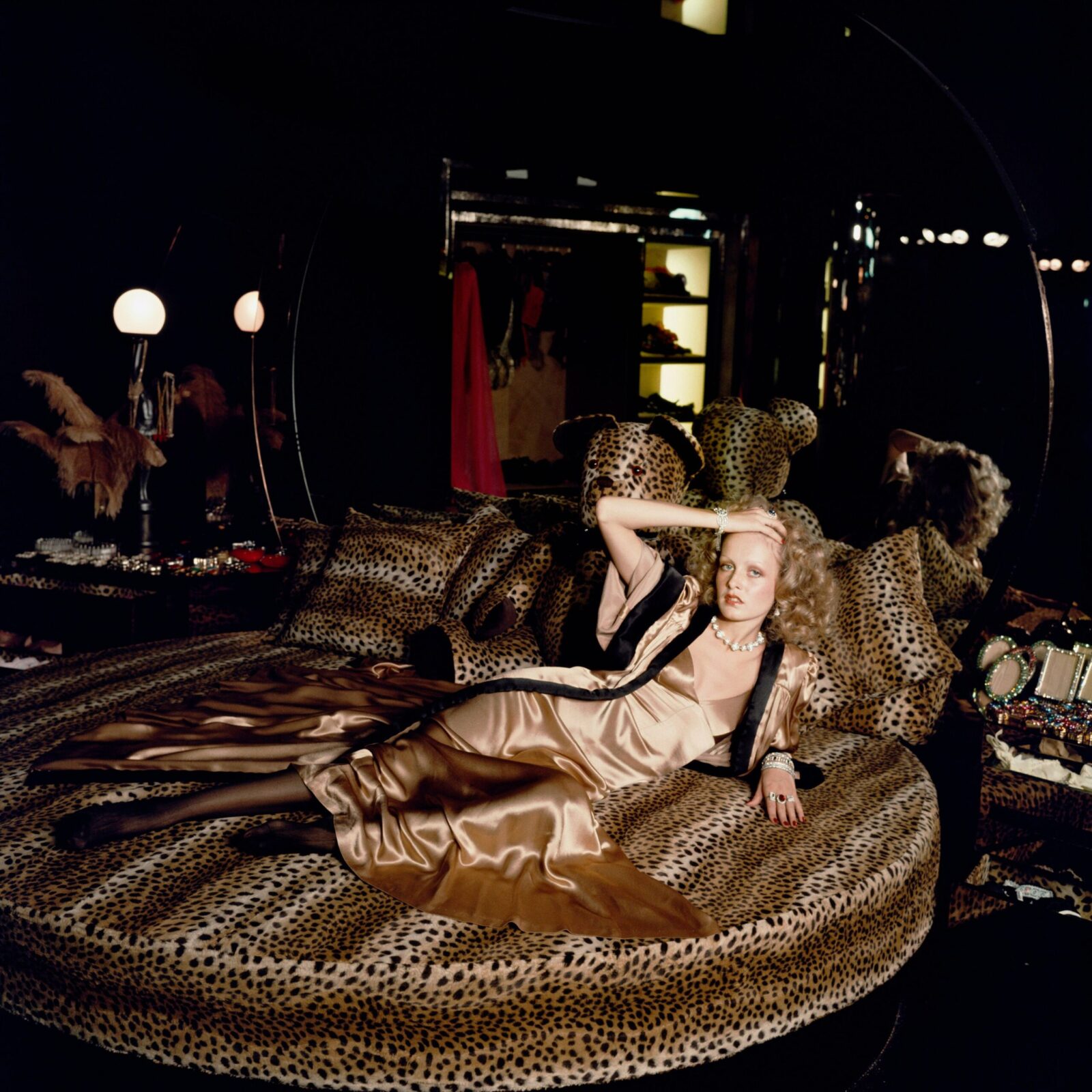

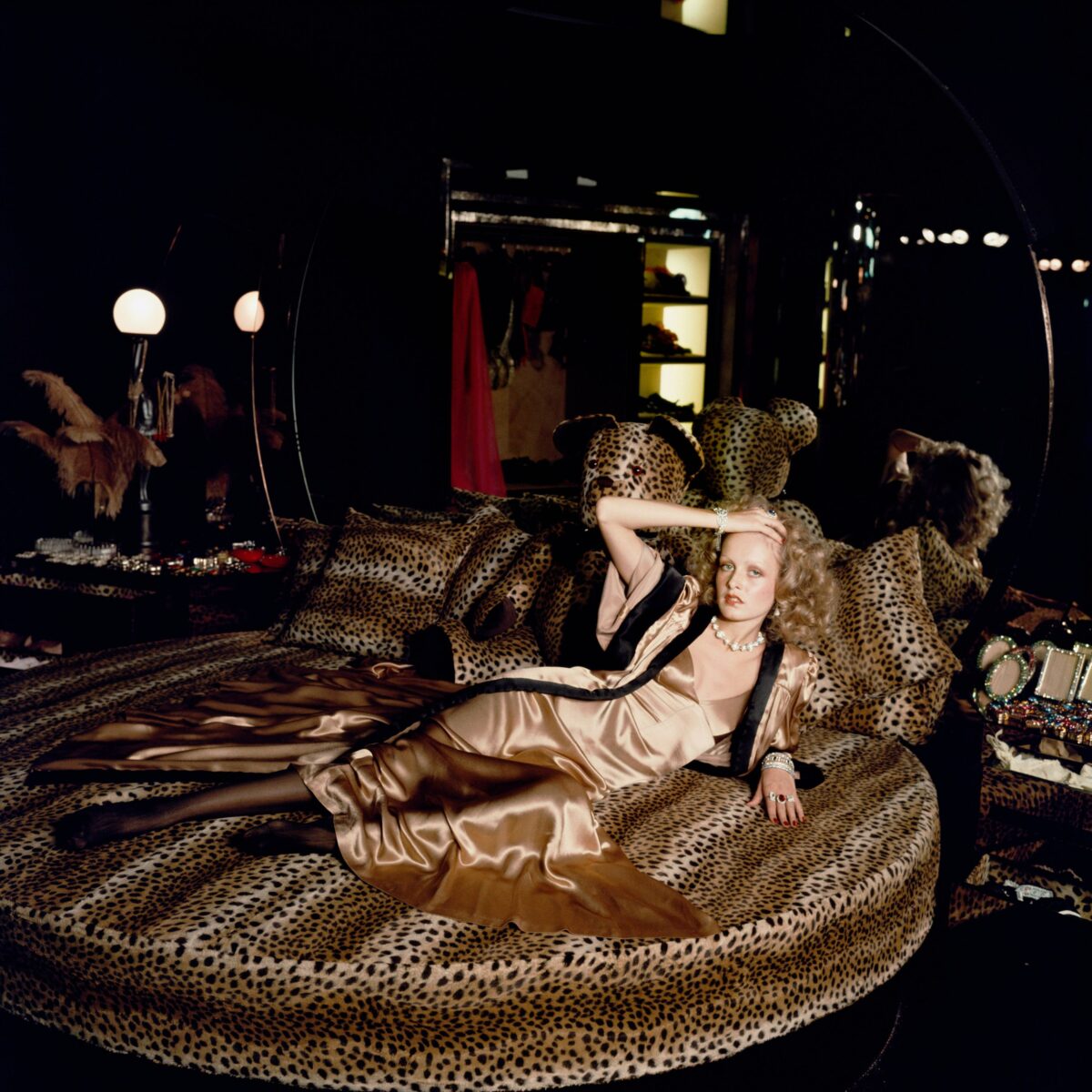
Comments
One response to “BIBA : The Biba Story, 1964-1975 : how Barbara Hulanicki created a fashion revolution at London’s Fashion and Textile Museum”
… [Trackback]
[…] There you will find 45083 more Infos: queerguru.com/biba-the-biba-story-1964-1975-how-barbara-hulanicki-created-a-fashion-revolution-at-londons-fashion-and-textile-museum/ […]